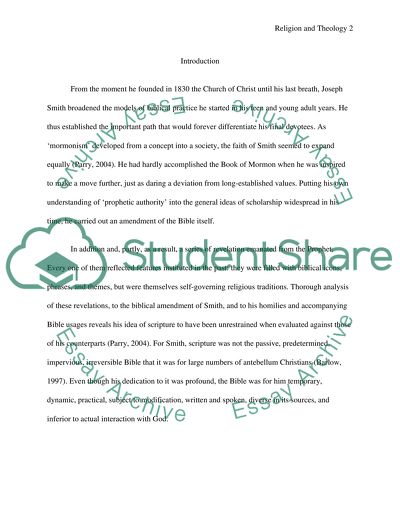Cite this document
(“The Church of Jesus Christ of Latter-day Saints Research Paper”, n.d.)
Retrieved de https://studentshare.org/religion-and-theology/1392687-the-church-of-jesus-christ-of-latter-day-saints
Retrieved de https://studentshare.org/religion-and-theology/1392687-the-church-of-jesus-christ-of-latter-day-saints
(The Church of Jesus Christ of Latter-Day Saints Research Paper)
https://studentshare.org/religion-and-theology/1392687-the-church-of-jesus-christ-of-latter-day-saints.
https://studentshare.org/religion-and-theology/1392687-the-church-of-jesus-christ-of-latter-day-saints.
“The Church of Jesus Christ of Latter-Day Saints Research Paper”, n.d. https://studentshare.org/religion-and-theology/1392687-the-church-of-jesus-christ-of-latter-day-saints.


